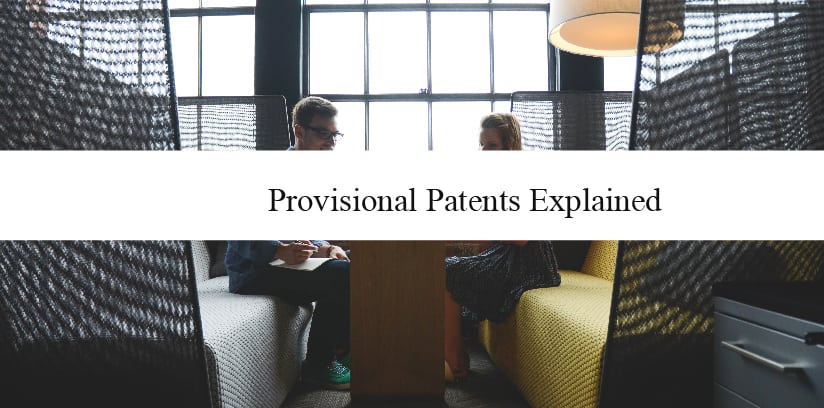What Are Provisional Patents? (In Plain English)

Most of the time, the original idea you have for an invention will not be the final draft of the invention that you want to patent. There are details that need refining and time needed for research.
When To File a Patent

Everyone has had an idea that struck them as the next ‘big thing’. You might quickly dismiss some of these ideas and move on. Other times an idea sticks. Hopefully you do a bit of patent research and think you might really have something that’s never been done before.
